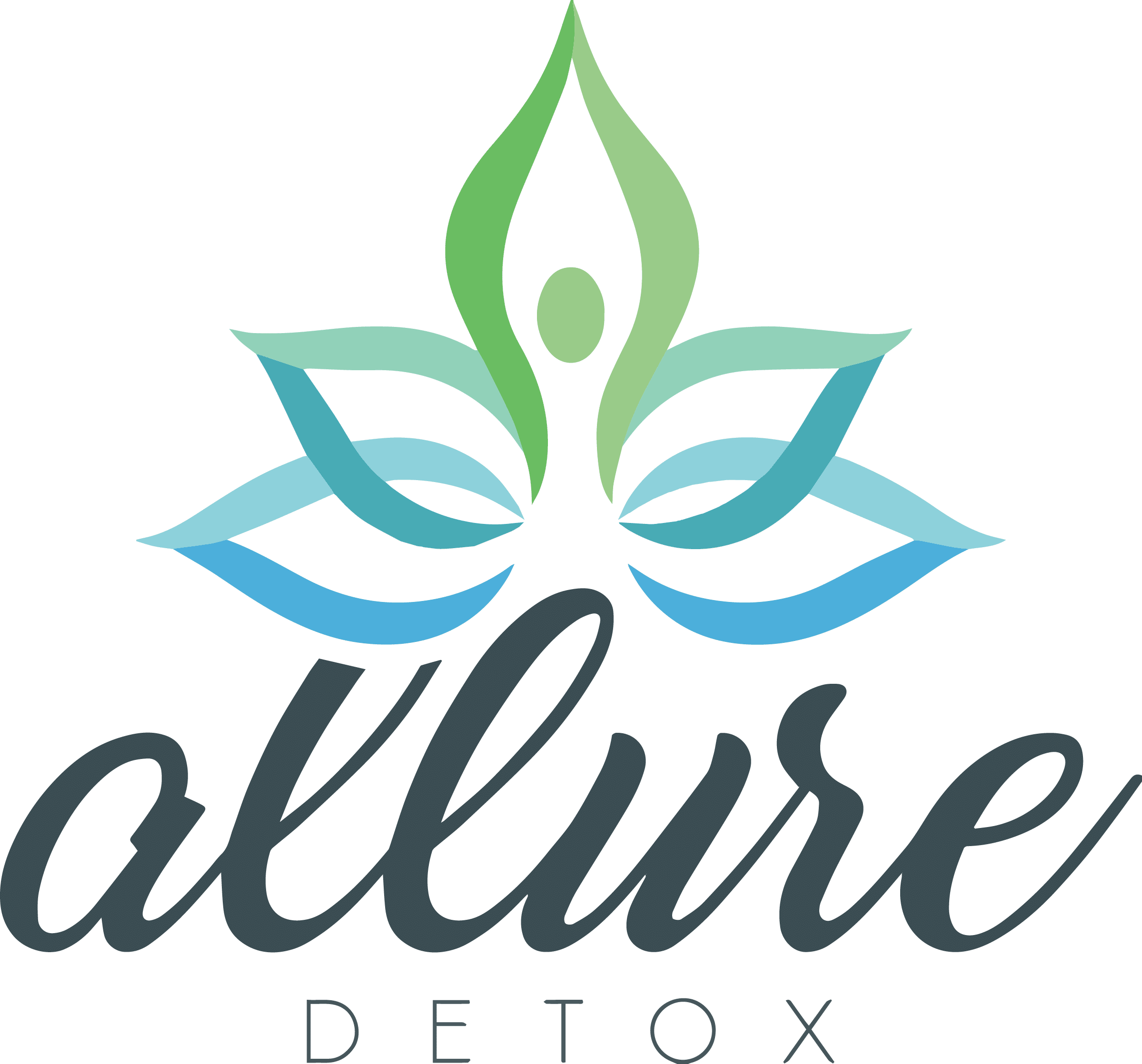

Recognized for excellence in substance abuse and behavioral health treatment by the Joint Commission

Can You Die From Benzo Withdrawal?
Yes, people have died as a result of withdrawal complications from extended use of benzodiazepines. Benzodiazepines are a class of sedative drugs normally prescribed for the treatment of insomnia, anxiety, panic attacks and a host of mental health conditions.
Mental health
Mental health is “a state of well-being in which the individual realizes his or her own abilities, can cope with the normal stresses of life, can work productively and fruitfully, and is able to make a contribution to his or her community.”

Real Reviews from Real Clients
At Allure Detox, client safety and comfort are our top priorities. From the moment you walk through our doors, you can expect a warm welcome from every member of our team. We are committed to providing exceptional drug and alcohol detox services and creating an environment that supports long-term, successful recovery.

